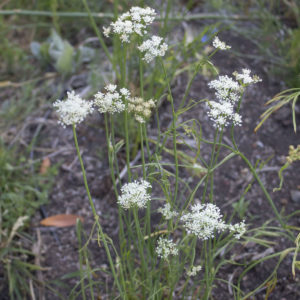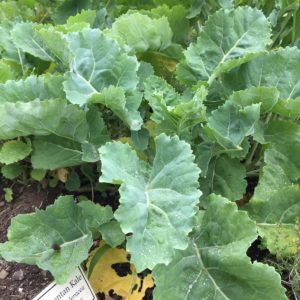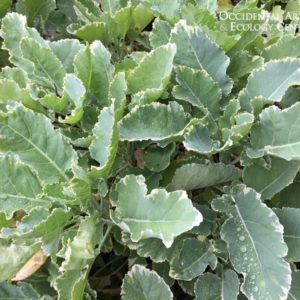
High Mallow
Malva sylvestris
Flowers of mallow were traditionally spread on doorways and woven into garlands or chaplets for celebrating May Day. In Morocco, Tunisia, and Palestine, mallow leaves are steamed with garlic and tomatoes, and eaten as an appetizer or salad. In Egypt, the leaves are made into a stew-like vegetable dish, known as khobeiza. In traditional medicine, because mucilage is present in many mallows, the seeds were traditionally used internally in a decoction or in an herbal tea as a demulcent, and the leaves were used in poultices as an emollient for external applications. This species has also long been used to make a natural yellow or yellow-green dye.
Water: Moderate
Hardiness: Frost Hardy
Habit: Herbaceous perennial
Light: Full Sun to Light Shade
Soil: Well-draining soils
Origin: Northern Europe, Northern Africa, Southwestern Asia
Additional Characteristics: Edible Flower




